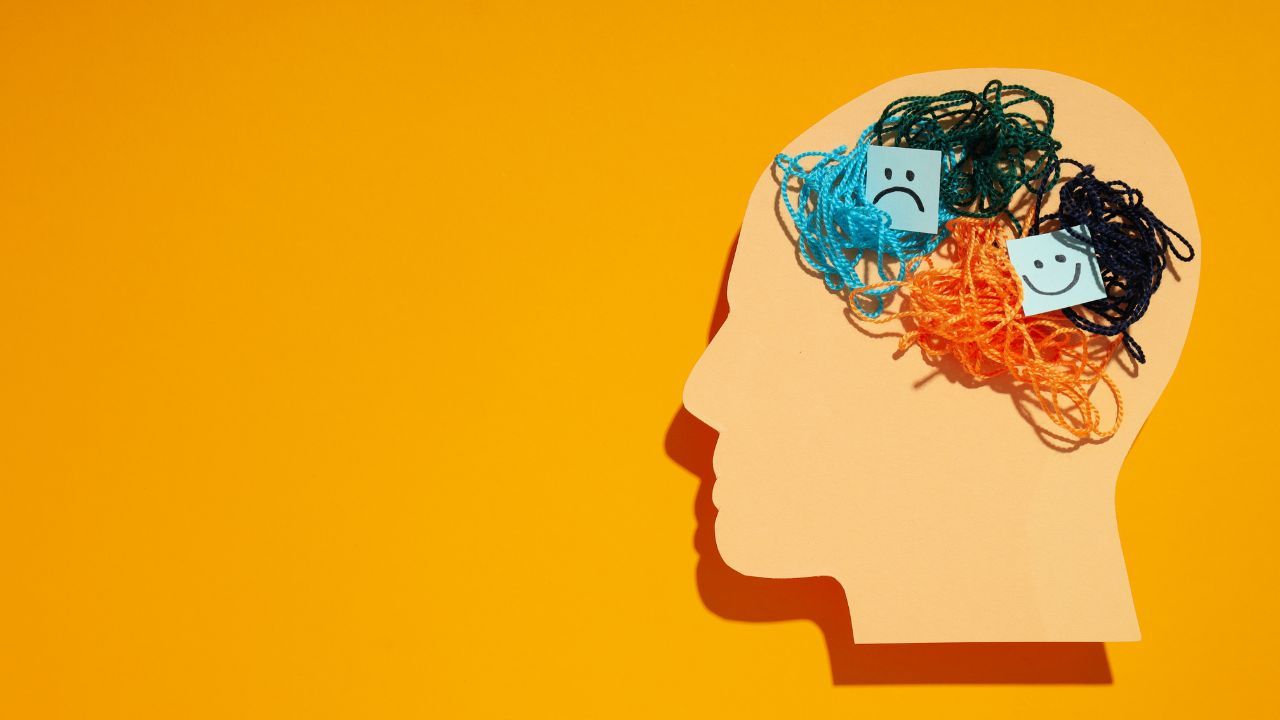Is Dissociative Identity Disorder Real?
Join us on a journey through the fascinating world of Dissociative Identity Disorder (DID) as we unveil the scientific evidence, share personal stories, and debunk myths.

Ever questioned whether Dissociative Identity Disorder (DID) is as real as the coffee stains on your favorite book? Well, grab a mental magnifying glass because we're about to embark on a journey to uncover the truth!
Explore the fascinating history of DID and the myths that surround this enigmatic condition. Discover the scientific evidence and real-life stories that prove the existence of DID, showing it's not just a plotline from a Hollywood thriller.
Delve into the complexities of how DID develops, why it's often misunderstood, and how it impacts the lives of those who experience it. Hear from individuals who've lived with DID, shedding light on their unique journeys and challenges.
Learn about the importance of empathy, awareness, and support for those with DID, breaking the stigma one myth at a time.
So, if you're ready to unravel the mysteries surrounding Dissociative Identity Disorder and separate fact from fiction, let's dive into the real world of DID!
What Is Dissociative Identity Disorder?
Dissociative Identity Disorder (DID), formerly known as Multiple Personality Disorder, is like having a cast of characters living inside your mind. Each character, or identity, has its name, memories, and way of thinking and acting.

People with DID may switch between these identities, and sometimes, they might not even remember what the other identities did. It's a complex mental health condition often linked to severe trauma, especially during childhood, and it can profoundly impact a person's life.
Types of Dissociative Disorders
Dissociative disorders are a group of conditions where a person's mind disconnects from their thoughts, identity, consciousness, or memory. Here are the main types of dissociative disorders:

- Dissociative Identity Disorder (DID): In DID, a person has two or more distinct identities or personalities, each with its name, memories, and behaviors. These identities can take turns controlling the person's thoughts and actions.
- Dissociative Amnesia: This involves significant memory loss related to traumatic events. People with dissociative amnesia may forget their names, personal information, or important life events.
- Depersonalization/Derealization Disorder: Depersonalization is when someone feels disconnected from their own body or thoughts as if they are watching themselves from the outside. Derealization is a sense that the world around them is unreal or distorted.
- Other Specified Dissociative Disorder (OSDD): OSDD is a category for disorders with dissociative symptoms that don't fit the criteria for the other types. It includes conditions where the person doesn't fully meet the criteria for DID but still experiences significant dissociation.
What Other Mental Health Conditions Can Occur With DID?
Dissociative Identity Disorder (DID) often co-occurs with other mental health conditions. These can include:

- Post-Traumatic Stress Disorder (PTSD): Many individuals with DID have experienced severe trauma, and PTSD is a common co-occurring condition. PTSD can lead to flashbacks, nightmares, and severe anxiety.
- Depression: Depression is often seen in people with DID, likely due to the emotional distress and challenges associated with managing different identities and past traumatic experiences.
- Anxiety Disorders: Generalized anxiety disorder, panic disorder, and other anxiety disorders can occur alongside DID.
- Self-Harm and Suicidal Behavior: Some individuals with DID may engage in self-harming behaviors or have a history of suicide attempts.
- Substance Use Disorders: As a way to cope with distressing symptoms and traumatic experiences, individuals with DID may turn to drugs or alcohol, leading to substance use disorders.
- Eating Disorders: Conditions like anorexia nervosa, bulimia nervosa, or binge-eating disorder can co-occur with DID, often as a means of coping with distress or control.
- Borderline Personality Disorder (BPD): BPD shares some symptoms with DID, such as identity disturbances and emotional instability, making it more likely for these conditions to co-occur.
- Other Dissociative Disorders: Besides DID, individuals may experience other dissociative disorders like Depersonalization/Derealization Disorder or Dissociative Amnesia.
Is Dissociative Identity Disorder Real?
Yes, Dissociative Identity Disorder (DID) is a real and recognized mental health condition. It's included in the Diagnostic and Statistical Manual of Mental Disorders (DSM-5), which is a widely accepted classification system for mental health conditions. DID is characterized by the presence of two or more distinct identities or personalities within one individual, along with recurrent memory gaps and significant distress or impairment in daily life.
While DID has been a subject of skepticism and misconceptions, scientific research and clinical evidence support its existence. People with DID experience genuine distress and challenges related to their different identities, memory gaps, and associated symptoms. The treatment and support provided by mental health professionals aim to help individuals with DID manage their condition and lead fulfilling lives.
